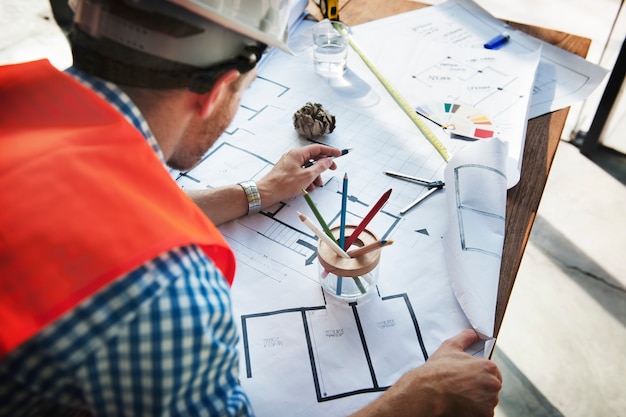If you’re involved in manufacturing or engineering, chances are that you’ve come across the term “assembly drawing” before. Assembly drawings are an important part of the manufacturing process, as they provide detailed instructions on how to assemble a product. But did you know that there are actually several types of assembly drawings? In this article, we’ll take a closer look at some of the most common types of assembly drawings and what makes them unique.
One type of assembly drawing is the exploded view drawing. This type of drawing shows an object’s various components pulled apart from each other but positioned relative to their normal positions when assembled. It’s particularly useful for complex machinery or products with many parts that need to be assembled in a specific order. Another type is the 3D model assembly drawing, which provides a three-dimensional representation of an object’s parts and how they fit together.
What are assembly drawings? What purpose do they serve?
Assembly drawings are a type of technical drawing that illustrates how various components fit and work together to create a complete product. There are several types of assembly drawings, including exploded views, sectional views, and detailed assembly drawings. Each type serves a unique purpose in conveying important information about the design and construction of the product.

Exploded views are particularly useful in showing how individual parts fit together while also illustrating their relationship to other parts within the larger system. Sectional views provide cross-sectional information about the interior of an object, allowing for greater detail and clarity in understanding its inner workings. Detailed assembly drawings offer a complete picture of each component part along with its dimensions, tolerances, and other relevant details.
The purpose of assembly drawings is to communicate essential information about product design and construction to engineers, technicians, manufacturers, assemblers, or anyone else involved in building or repairing products.
Differences between functional, structural, and wiring drawings.
When it comes to creating assembly drawings, there are three main types: functional, structural, and wiring drawings. Each of these serves a specific purpose in the manufacturing process and requires different techniques to be executed properly. Here’s a closer look at each type:
Functional drawings focus on how the product works and shows how parts interact with each other. Engineers use them to outline the primary functions of a product and how it accomplishes its intended task. These drawings are typically created in the early stages of design and help designers understand the requirements for each component.
Structural drawings show how various parts fit together to create an overall structure or framework. They also provide detailed information about what materials are required for each component, including dimensions and tolerances. Structural drawings require precise measurements and attention to detail so that all parts fit together seamlessly when assembled.
Wiring diagrams illustrate electrical connections between components in a product or system.
Differences between plumbing and mechanical drawings.
When it comes to assembly drawings, plumbing, and mechanical drawings are two of the most common types used in construction and engineering. While both serve similar purposes, there are key differences between the two that can impact how they are created and utilized.
Firstly, plumbing drawings focus on water supply and drainage systems within a building or structure. They detail the layout of pipes, fixtures, valves, and other components necessary for proper plumbing function. In contrast, mechanical drawings encompass a broader range of systems including HVAC (heating, ventilation, and air

conditioning), ductwork, electrical wiring, and more.
Another significant difference is in how these types of assembly drawings are represented visually. Plumbing drawings often use symbols and abbreviations specific to the industry such as those found in ASME (American Society of Mechanical Engineers) standards. On the other hand, mechanical drawings may include more detailed schematics to accurately represent complex systems.
Summary:
Assembling a product is the final step in the manufacturing process. However, it is not as easy as just putting all the parts together. Assembly drawings are crucial in guiding the assembly process by providing all the necessary information on how to put everything together. There are different types of assembly drawings.
The first type of assembly drawing is an exploded view drawing. This type of drawing displays all components separately and provides clear instructions on how to assemble them. It includes arrows pointing to each part and numbers that correspond to an accompanying bill of materials.
Another type is a pictorial representation or 3D model that shows what the finished product will look like once assembled. This type of assembly drawing helps visualize how all elements fit together, and it can be used for marketing purposes too. Pictorial representations are especially useful when assembling complex products with many components such as machinery or vehicles.







